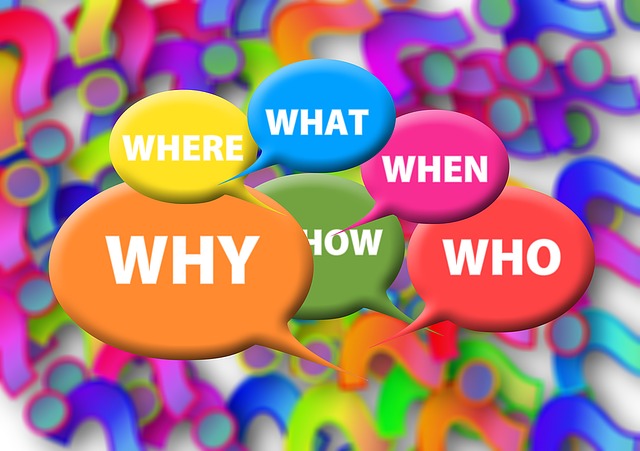Classroom Management Skills
One of the most effective tools teachers use is their voice. Take seconds and think about your previous teachers, from primary to high school, that you really admired. What was striking about them?
One thing, I’m sure of, is their ability to grab your attention, make the subject more appealing and encourage you to learn. Believe it or not, those effective teachers are great speakers and they certainly know how to use their voice. It is the teacher’s voice that makes the difference in each class.
Many teachers don’t know how important their voice is. But, if they know, they will probably develop different ways to uplift their students’ learning level. With regard to the use of voice, there are many ways you can use it as an effective teaching tool. Consider the following tips:
Expression –
In your class, what you say and how you say it, is very important. Try to use an expressive voice to help students who struggle with new issues and concepts. Encourage students who have little support and encouragement outside school.
Show and express how proud you are when learners show cooperation. When you teach, don’t hesitate to express yourself, express positive emotions. This helps students learn to be expressive, too.
Volume –
The volume of teachers’ voice is very important. The rise and fall of the volume help spark and maintain interest for all students and can be very effective, particularly, for older learners.
During a grammar lesson, draw students’ attention to rules, using different voices and volumes to increase interest.
When you ask in-class questions, make announcements and give out- or in-class assignments, try to use a bit louder volume, if you want everyone to hear you clearly. On the other hand, yelling is never helpful! It shows you have lost control of your class and also feeds the disruption and tense you are trying to abstract.
Audibility –
Obviously, teachers need to be heard. As teachers, we must be certain that students at the back can hear what we say. Audibility can’t be separated from voice quality.
There is no need to shout to be audible. Great voice projection is more useful than volume (although the two are, surely, connected). Speaking too loudly or too softly are both intimidating and unuseful to students.
Variety –
Teachers are required to vary the quality of their voices. The quality of the voice used to give instructions or present a new activity will be different from the quality of voice used to maintain an informal dialogue at the end of the lesson.
Teachers use very loud voices when they want their learners to be quiet. But, it is worth-noting that speaking softly is sometimes as effective as getting learners’ attention. When students realize you are saying something, they will surely want to listen.
Conservation –
Just like those who sing opera, teachers have to take care of their voices. It is so healthy that they breathe properly. It is so integral that teachers vary their voices throughout the day, avoiding speaking outloud or shouting, in order that they can conserve their energy. Conserving the voice has to be one of the things that teachers should plan during their lessons.
Remember that our most important instrument as teachers is our voice. The way we speak and the way our voice sounds have a significant impact on classes. So, when considering the use of the voice in the management of teaching, remember to take these ideas into account. They will definitely help you.
Please, share this post if you think it can help someone. Tell us more about classroom management skills in the comments.
Like and follow us on Facebook. Check our page somewhere here.







